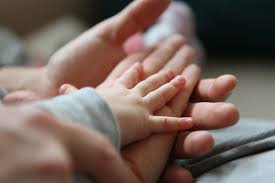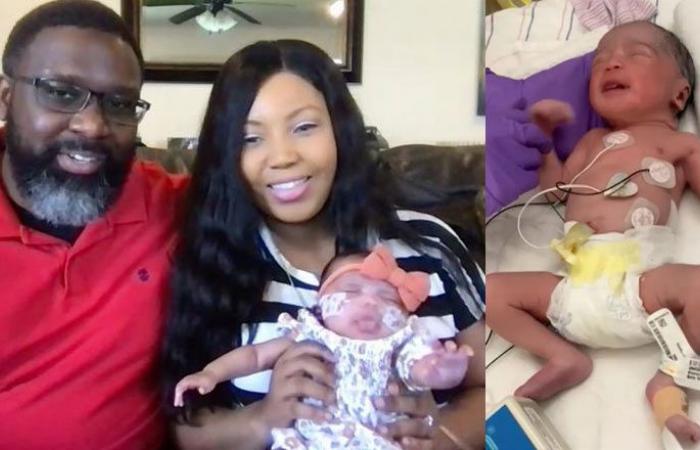
The first baby to be born in the UK using DNA from three different people has been confirmed. A pioneering technique that is aimed at preventing children from being born with devastating mitochondrial diseases passed on by their mothers, has been carried out by doctors at the Newcastle Fertility Centre.
The groundbreaking IVF procedure combines sperm and eggs from the biological parents, plus mitochondria tissue from donor eggs and has led to the phrase “three parent family” being introduced.
In essence the donors contribution represents only around 0.1% of the child’s make-up, but it is vital and potentially life-saving, as just that tiny percentage will stop the incurable diseases that would inevitably afflict the child without such intervention.
Less than five born so far
The news was confirmed by the fertility regulator and the Human Fertilisation and Embryology Authority (HFEA) are quoted as stating that “less than five” babies have been born using the technique, as of April 2023. They refuse to give precise numbers to prevent the families from being identified and this limited amount of detail has only been possible after a newspaper made a request under Freedom of Information.
The technique was pioneered in Newcastle and laws were actually first introduced to allow the creation of such babies in the UK back in 2015, but initially there was restraint and the very first baby born using this method was to a Jordanian family, who undertook the treatment in Mexico, under the guidance of a team of New York based doctors, in 2016.
Newcastle team performing to highest standards
The procedure is highly regulated and the licence held by the Newcastle group ensures the highest standards in treatment and a measured approach, with essential follow-up research. Everything that defines an individual both in physical appearance and personality traits will come from the parents, it simply stops the passing on of mitochondrial disease to the newborn.
Words of caution
Prof Robin Lovell-Badge, from the Francis Crick Research Institute, added some words of caution saying: “It will be interesting to know how well the therapy worked at a practical level, and whether the babies are free of mitochondrial disease, and whether there is any risk of them developing problems later in life.”
Life-sustaining
Mitochondria exist in practically every cell of a human body. It is responsible for creating 90% of the energy (ATP) that is required to sustain life and support tissue and organ function. When food and oxygen intake cannot be converted into the necessary energy, the cells become damaged and often die off. When this process is repeated throughout the body, organ systems begin to fail and in extreme cases eventually stop.
This is bracketed as Mitochondrial Disease, which is an inherited condition, although each individual sufferer is affected differently. The parts of the body affected most often are those that have the highest energy demands, such as brain, muscle, liver, heart and kidney. If it is these systems then the disease usually becomes increasingly progressive.
Organ failure
Defective mitochondria fail to fuel the body correctly and sadly in many cases are incurable and lead to brain damage, muscle wasting, heart failure and blindness. Some families have tragically lost multiple children due to this defective gene which is passed down only by the mother.
For affected women, natural conception is often a gamble. Some babies might be born healthy because they inherit only a tiny proportion of the damaged mitochondria; however, in others the infant may inherit far more and develop severe, and sadly often fatal diseases.
Consequently, this technique is seen as a massive breakthrough and a potential option for couples in these situations to have a healthy child of their own. Another significant positive from the technique is that any child born as a result of the procedure would then pass down the healthier DNA through subsequent generations.
Developing all the time
Basically, what the clinic’s procedure does is transfer genetic material that effectively encodes a baby’s identity to a donor egg, which has had its own nuclear DNA removed.
Mitochondrial diseases are incurable and affect around one in 6,500 children worldwide, and Peter Thompson, chief executive at the HFEA, said: “MDT offers families with severe inherited mitochondrial illness the possibility of a healthy child. These are still early days for MDT and we continues to review clinical and scientific developments.”






0 Comments